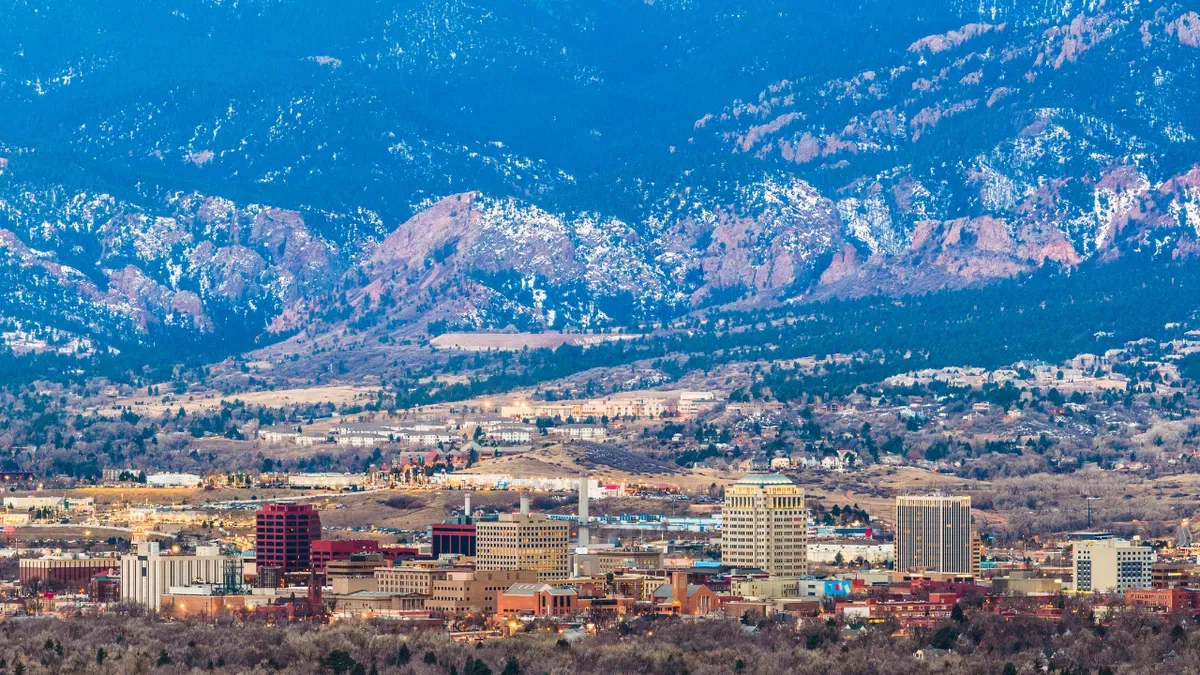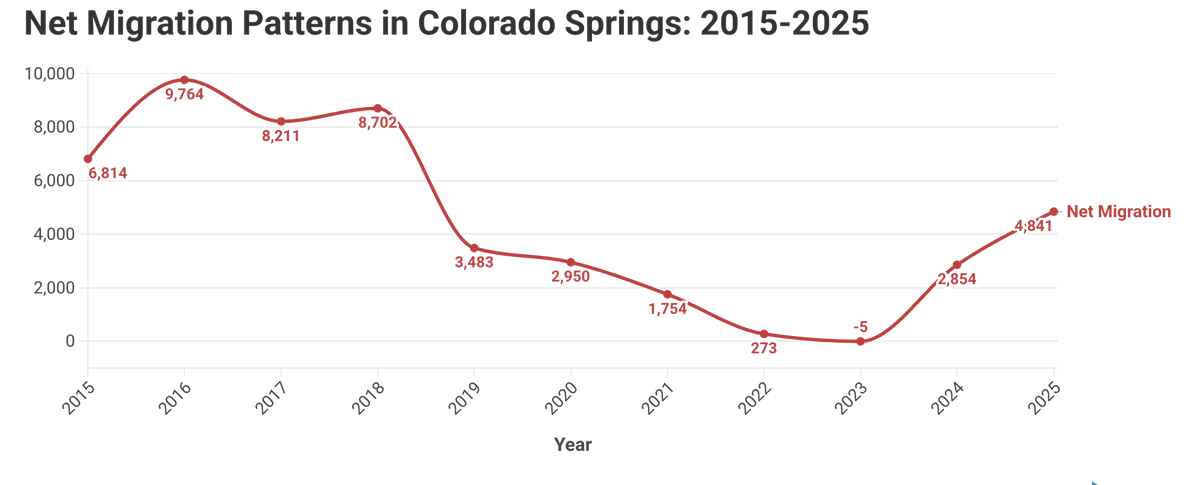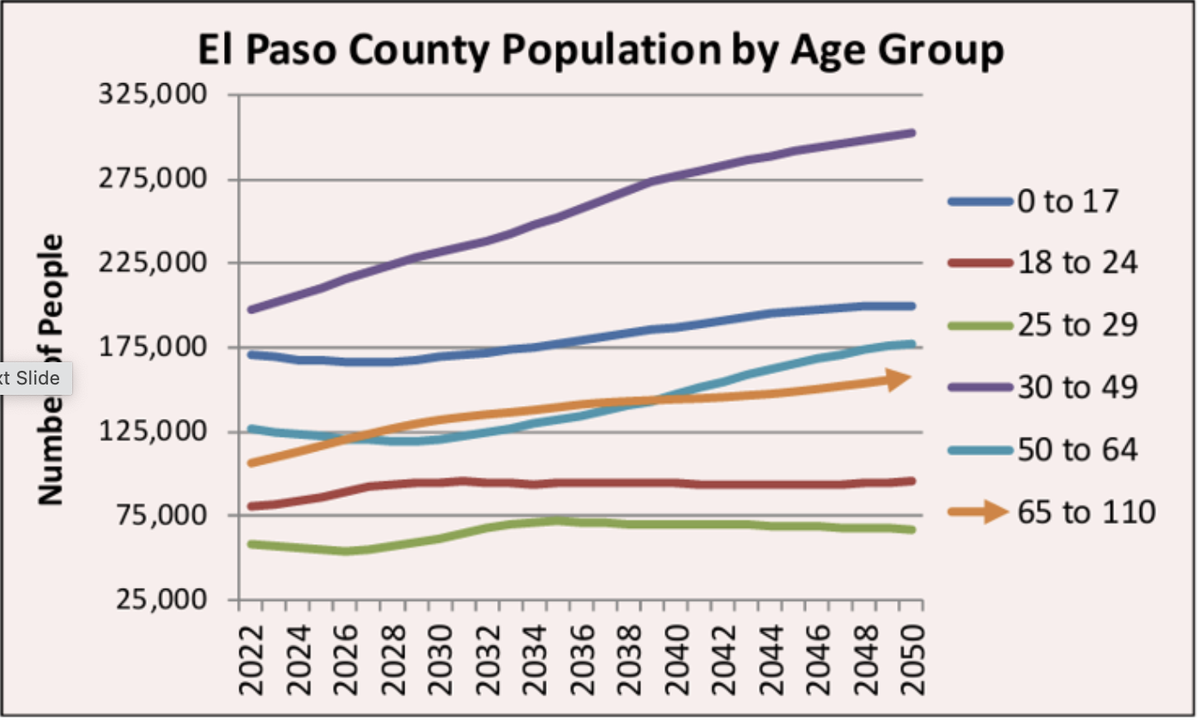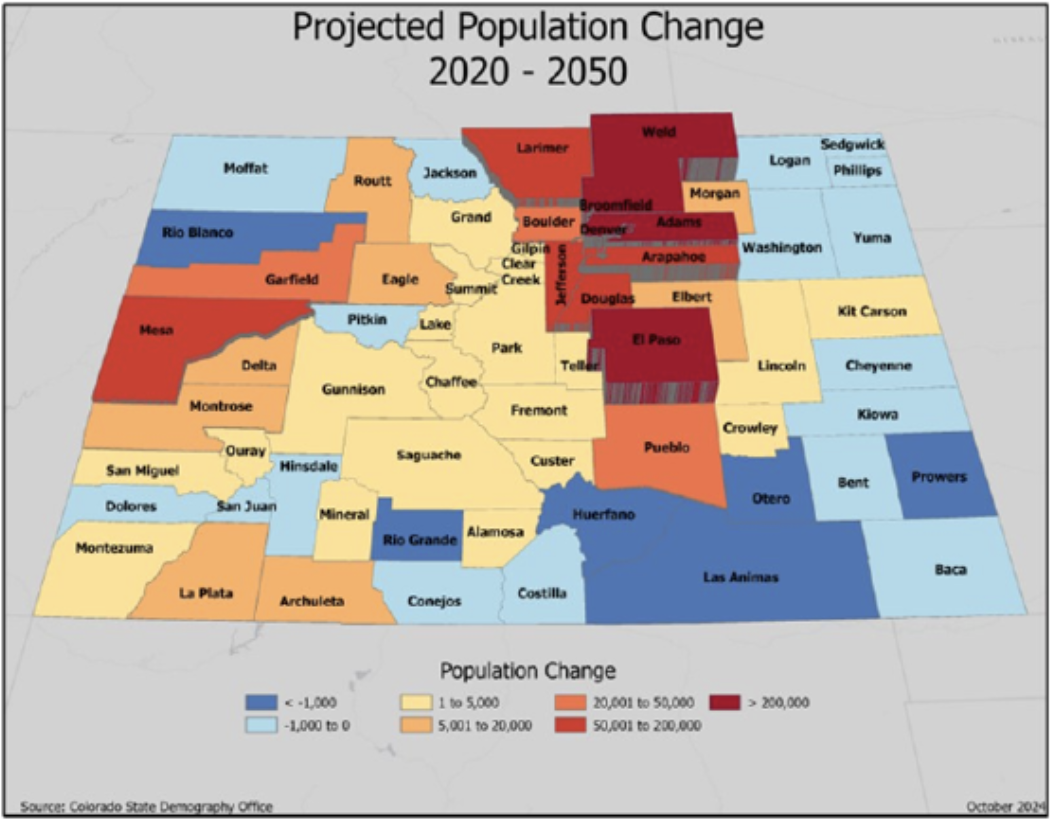New study shows declining Colorado growth, but economist has optimism for Colorado Springs

Bradley Davis
COLORADO SPRINGS, Colo. (KRDO) – A recent study by the Common Sense Institute (CSI) shows a decrease in population growth statewide in the last decade, but a local economist said El Paso County is in a better spot than other parts of the state.
 Common Sense Institute
Common Sense Institute
While CSI said that COVID-19 played a factor in the statewide population slowdown, it noted that the data suggest deeper structural problems caused growth to shrink before the pandemic. CSI said housing affordability, shifting lifestyle preferences, and perceptions of livability are likely playing a factor.
Local economist, Dr. Tatiana Bailey, said that nationwide trends share some of the blame. She said aging populations, decreasing nationwide population growth, and an overall slowdown in innovation are all impacting Colorado.
CSI also pointed to Colorado’s aging population as a worrying sign for overall growth. Tatiana said older populations contribute to less population growth, coupled with lower birth and immigration rates.
Using data from the State Demographic Office, Tatiana says El Paso County is an outlier from this trend. While population growth is down 50% in Colorado Springs from the state-wide boom in 2016, El Paso County’s 2025 projections are right in line with the running 20-year average and have consistently been above the national average every year except 2023.
She also pointed to El Paso County’s workforce breakdown. Its two largest age demographics are in two of the most important groups for economic growth: 30-49 and 0-17. While most of the country is getting older, Colorado Springs is getting younger.
 State Demographic Office
State Demographic Office
Tatiana said this is a promising sign for the economic growth and overall population increase for the region. The Demographic Office also shows El Paso County as one of the biggest projected growers in the future.
 State Demographic Office
State Demographic Office
Bailey said Colorado Springs still faces sustainability challenges. She said the average wage earner in Colorado Springs is below the national average, despite the average cost of living being above the national average. (“wage” is different from “income.” Wages do not include passive income like rental properties or retirement benefits.) She pointed to an increasing number of Colorado Springs workers commuting from Pueblo.
“I can’t afford to live in my city,” said Jodi Boehs, who said she’s homeless for the first time in her 50 years living in Colorado Springs. “I don’t feel like some of us belong out here.”
Both the CSI study and State Demographic data show bleaker growth potentials for the Denver metro, which has seen a steeper decline in population growth.